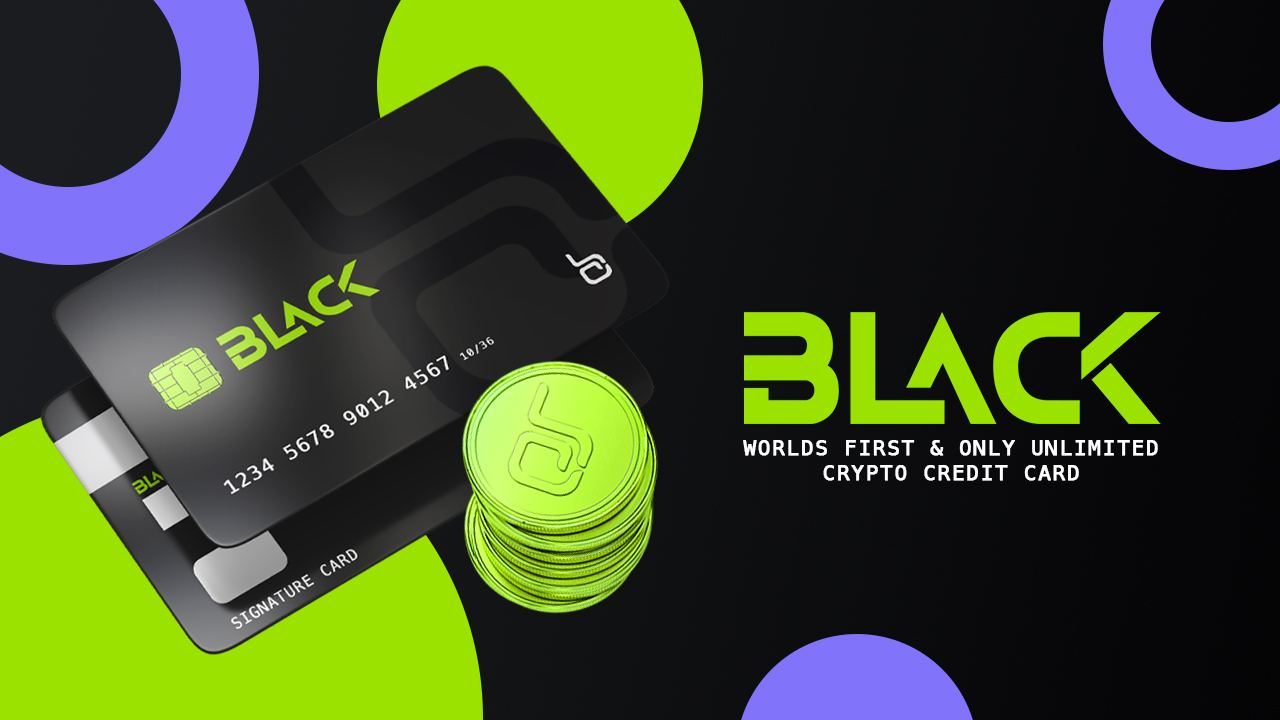The launch of Moonbeam (GLMR) brings EVM interoperability closer to the Polkadot network
The launch of Moonbeam (GLMR) brings EVM interoperability closer to the Polkadot network.
Cross-chain compatibility with the Ethereum network has become an integral part of any Layer 1 protocol that wants to stay relevant, as the majority of projects and funds are locked in the contract. Smart Contract on top rated smart contract -Platform.
After years of development and the promise of interoperability, the Polkadot network moved toward its first Ethereum Virtual Machine (EVM) compatible smart contract protocol with the launch of Moonbeam (GLMR). It was designed to make it easier for you to use Ethereum developer tools to build or redeploy Solidity projects in a substrate-based environment.
Data from TradingView shows that after a volatile start, GLMR saw its price range from $8.4 on Jan 11 to $15.97 on Jan 14 and is currently trading at $9.93.
1 hour frame GLMR/USDT price chart | Source: TradingView
Three reasons why GLMR may be attracting increasing attention from investors are Moonbeam’s official launch on Polkadot with cross-chain support for Ethereum, integration with multiple bridge protocols that provide permissions to access the broader crypto community, and the launch of Moonbeam-based projects attracts value to the network.
Moonbeam can gain the first mover advantage
The most significant development giving momentum to Moonbeam is its official launch on the Polkadot network, a move that will bring cross-chain interoperability with the Ethereum network into a fractional multi-chain protocol.
After being the first project to secure one of the Polkadot parachain auction venues in early November, Moonbeam became the first fully operational parachain on the network, allowing over 80 projects to be built on Moonbeam.
Full rollout began on December 17th and took three weeks to phase out functionality as well as EVM activation and balance transfers. GLMR holders can now add the network to their MetaMask wallet and transfer assets within the Moonbeam ecosystem or via other EVM-compatible networks.
Integration with cross-chain bridges
Another factor helping GLMR to establish itself in the crypto ecosystem is its integration with cross-chain bridge-equipped protocols that allow assets on the Moonbeam network to migrate to other protocols and networks.
Some of the more well-known bridges that have integrated Moonbeam include Celer’s cBridge and the multichain swap protocol, which announced support for ten assets that can be bridged between Moonbeam and Ethereum. Celer tweeted on Jan. 14:
“I am pleased to announce that cBridge now supports the Moonbeam network object as a bridge between 15 chains! Connect your USDT, USDC and CELR at cbridge.celer.network and use it on Zenlink! More DEX partners and tokens will be added! The interchain notification framework will be available soon!“.
New projects add value to the Moonbeam network
The third factor driving the Moonbeam network is the interest from developers who started their projects on the network, which helps attract users and assets to the newly launched protocol.
These include projects such as automated market-making protocol Solarflare, decentralized exchange (DEX) StellSwap, and cross-chain DEX protocol ZenLink.
Due to multiple protocols rolled out on Moonbeam, the total network locked value (TVL) reached nearly $200 million in the first week of operation of the Polkadot mainnet, which is currently $253.4 billion.
Total locked on Moonbeam | Source: Defi Llama
The top log on Moonbeam in terms of TVL is StellaSwap at $115.7 million, followed by BeamSwap at $46.4 million.
Join CoinCu Telegram to keep track of news: https://t.me/coincunews















